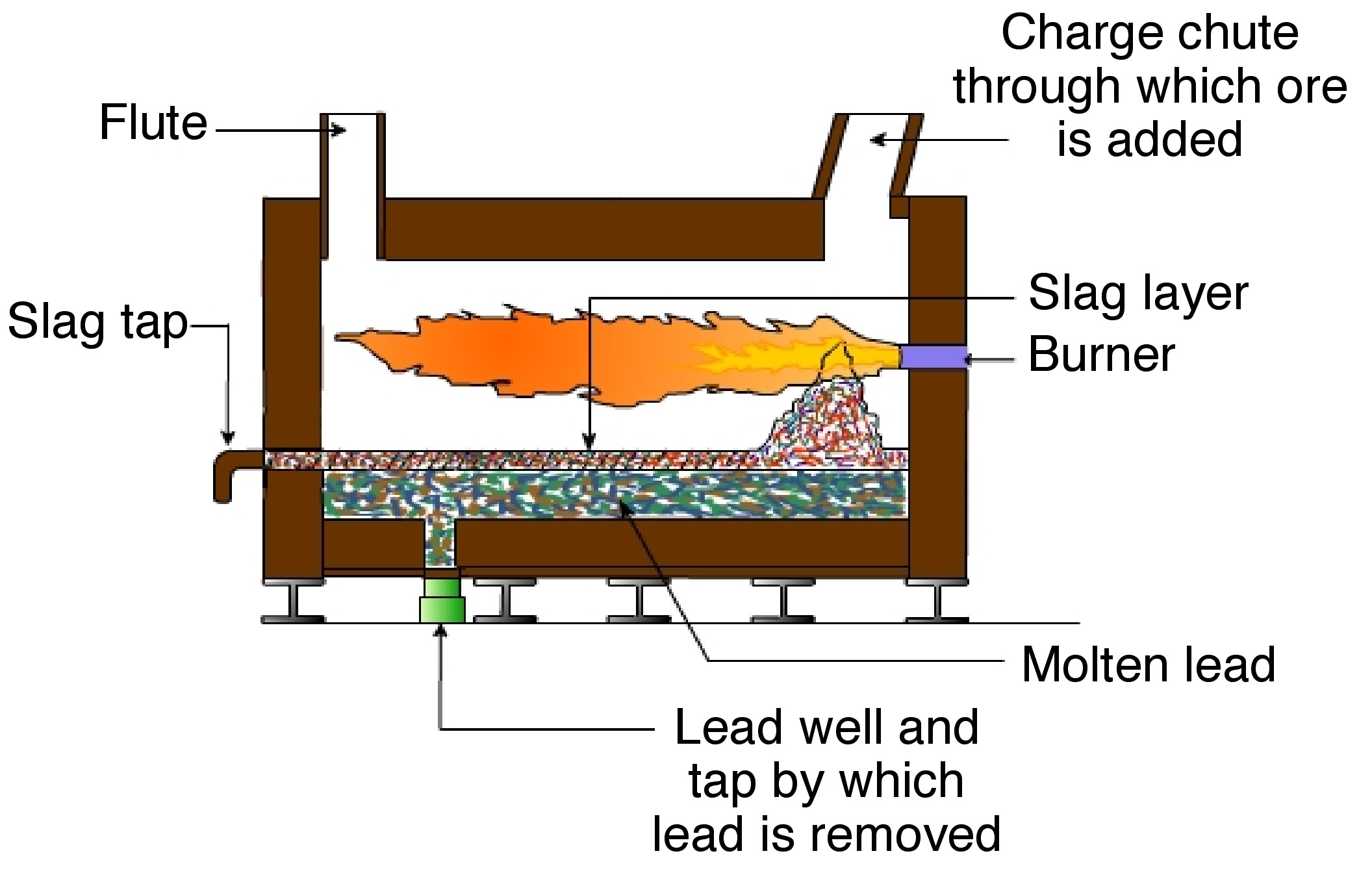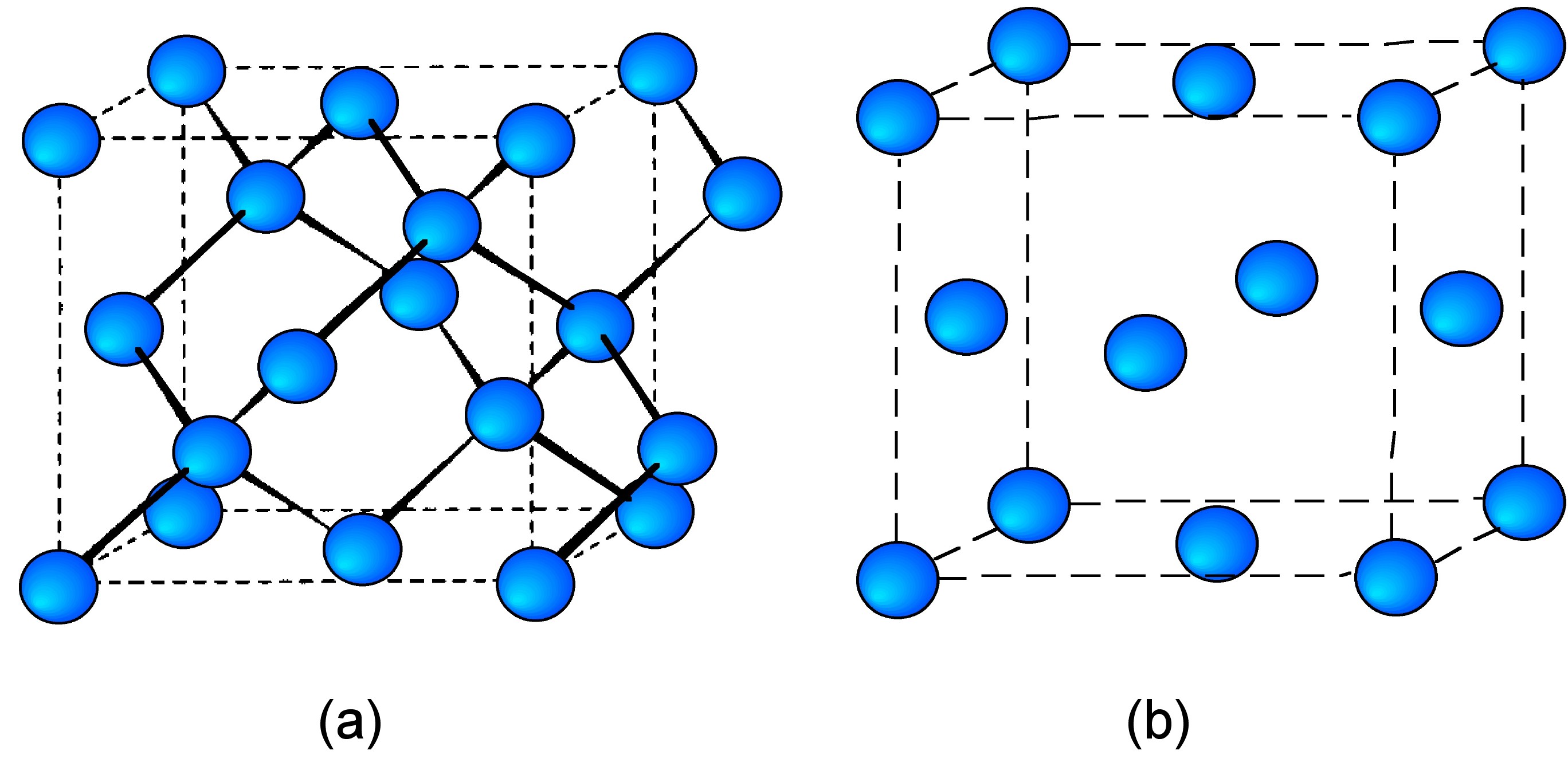| << Chapter < Page | Chapter >> Page > |
Carbon dating is a process whereby the age of a material that contains carbon can be determined by comparing the decay rate of that material with that of living material.
Carbon-14 has a half life (t 1/2 ) of 5.73 x 10 3 years for its decay to nitrogen-14 by the loss of a β particle, [link] .
The rate of radioactive decay can be expressed as a rate constant (k):
For carbon-14, using [link] ,

In 1947 samples of the Dead Sea Scrolls were analyzed by carbon dating. It was found that the carbon-14 present had an activity of d/min.g (where d = disintegration); by contrast in living material the activity is 14 d/min.g. Thus,

From the measurement performed in 1947 the Dead Sea Scrolls were determined to be 2000 years old giving them a date of 53 BC, and confirming their authenticity. This discovery is in contrast to the carbon dating results for the Turin Shroud that was supposed to have wrapped Jesus’ body. Carbon dating has shown that the cloth was made between 1260 and 1390 AD. Thus, the Turin Shroud is clearly a fake having been made over a thousand years after its supposed manufacture.
Due to the industrial importance of carbon and silicon, as well as the wide range of fullerene materials, the production of these elements is discussed elsewhere. However, the diamond supply chain is controlled by a limited number of commercial concerns, the largest of which is DeBeers in London ( [link] ). Diamonds make up only a very small fraction of ore bearing rock. The ore is crushed and subsequently the particles are sorted by density. Diamonds are located in the diamond-rich fraction by X-ray fluorescence, after which the final sorting steps are done by hand.

Germanium ore concentrates are mostly sulfidic, e.g., as an impurity in zinc blende. They are converted to the oxides by heating under air (roasting), [link] .
Part of the germanium ends up in the dust produced during this process, while the rest is converted to germanates which are leached together with the zinc by sulfuric acid. After neutralisation the germanium and other metals are precipitated (leaving the Zn 2+ in solution). Germanium dioxide is obtained as a precipitate and converted with chlorine gas or hydrochloric acid to germanium tetrachloride, [link] [link] , which has a low boiling point and can be purified by distillation.
The germanium tetrachloride is hydrolyzed to the give pure oxide (GeO 2 ), which is then converted to germanium glass for the semiconductor industry, [link] . Germanium used in steel production and other applications that do not require the high purity is produced by reduction with carbon, [link] .
Tin is mined and subsequently smelted, and its production has changed little. In contrast, lead-rich ores contain less than 10% lead, but ores containing as little as 3% lead can be economically exploited. Ores are crushed and concentrated to 70%. Sulfide ores are roasted, producing lead oxide and a mixture of sulfates and silicates of lead. Lead oxide from the roasting process is reduced in a coke-fired blast furnace. This converts most of the lead to its metallic form. Metallic lead that results from the roasting and blast furnace processes still contains significant contaminants of arsenic, antimony, bismuth, zinc, copper, silver, and gold. The melt is treated in a reverberatory furnace ( [link] ) with air, steam, and sulfur, which oxidizes the contaminants except silver, gold, and bismuth.

[link] provides a summary of the physical properties of the Group 14 elements.
| Element | Mp (°C) | Bp (°C) | Density (g/cm 3 ) |
| C | 642 (sublimes) | 2.267 (graphite), 3.515 (diamond), 1.8 - 2.1 (amorphous) | |
| Si | 1414 | 3265 | 2.3290 |
| Ge | 938 | 2833 | 5.323 |
| Sn | 232 | 2602 | 7.365 (white), 5.769 (gray) |
| Pb | 327 | 1749 | 11.34 |
The elements carbon through tin (in its α form) all exist in diamond cubic structure ( [link] a), while lead crystallizes in a cubic close packed structure ( [link] b). As expected the lattice parameter ( a ) increases with increased atomic radius ( [link] ). The switch from diamond cubic to close packed cubic may be rationalized by the relative atomic sizes. The diamond cubic structure comprises of two interpenetrating cubic close packed lattices. As the atomic size increases large interstitial vacancies would result, resulting in an unfavorable low-density structure.

| Element | Structure | a (Å) | Atomic radius (Å) |
| C | diamond cubic | 3.566 | 0.70 |
| Si | diamond cubic | 5.431 | 1.10 |
| Ge | diamond cubic | 5.657 | 1.25 |
| α-Sn (gray) | diamond cubic | 6.489 | 1.45 |
| Pb | cubic close packed | 4.951 | 1.80 |

Notification Switch
Would you like to follow the 'Carbon nanotubes' conversation and receive update notifications?